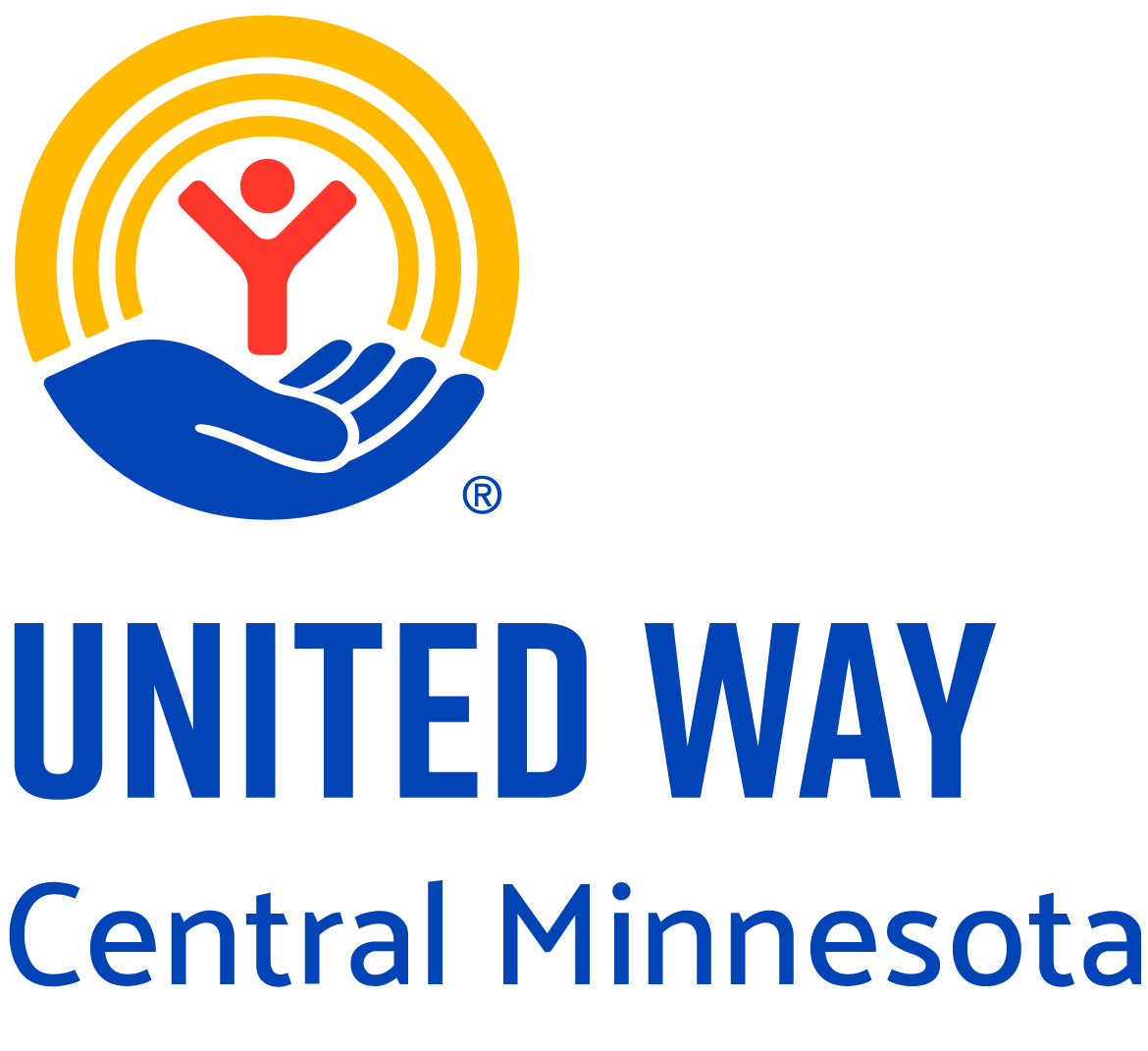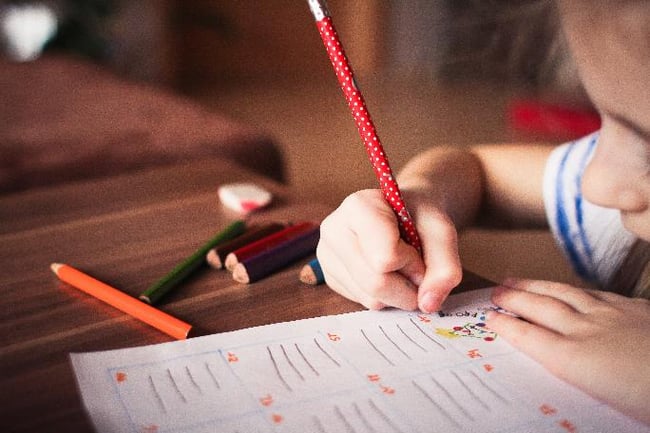With much uncertainty around what this school year will look like, it's important that we support our students as they make the adjustments to their "back to school" routine.
Back to School?
We’re all starting to see the familiar signs of ‘Back to School’ time in stores, ads and on the news.
As a mom of two school-aged children and a former teacher, it makes me pause and think, how do I handle that this year? In the past we’d have traditions of looking through shopping ads to find the best deals, scouring our school supply lists to determine what we had at home and what was needed, and starting to really plan for the milestones of what awesome things will happen when they are back at school.
With so much uncertainty this year, and knowing that the situation may change by the day, there is a need to be mindful and supportive of how we best prepare our children for ‘back to school’ this year and what that might mean. No matter what, school will look different this year. Those changes, whatever they may be, can lead to stress, anxiety, a sense of loss and fear for children and adults alike.
4 Ways to help your child
#1. Set a positive example for your child.
Being positive means looking for the bright spots.
- “Won’t it be great to see your friends all together again?”
- “It’ll be exciting to find out who is in your class,”
- “I’m sure it’ll be awesome to have (insert child’s favorite lunch item, subject, activity, etc.) again!”
Yes, I know I’m not going to ‘love’ whatever school will look like this year from what it has in the past. But, I truly believe that our schools and our teachers are doing whatever it takes to take care of the physical health of our children and community, along with the mental and academic health of our kids. Given our new realities, it will look different. Kids may not have as much group work or be able to have schoolwide assemblies as they have in the past. As adults, we can logically process through why these changes are necessary and temporary. But as a child, you are only 8 once and that’s 1/8 of their entire life that looks different. To have our children see us being positive about the situation, provides them an example in developing their mindset.
#2. Ask questions.
It is important to hear their feelings without judgement and recognize that this is ‘their’ reality. Be mindful of how you ask questions.
Asking questions like,
- ‘How are you feeling about heading back to school?’
- ‘What questions do you have about being a 5th grader?
- ‘What are some things that usually happen in 11th grade?’
#3. Be open and honest – with some discretion.
As you talk with your child, it’s important to recognize their ability to truly understand the complexities of the situation. I have very different conversations with my 3rd grade than I do my 7th grader. Talk about back to school and that it means back to learning and ‘school routines’, which may or may not be a positive for some kids.
My 7th grader can better understand the context and comprehend the ‘gray areas’ of a situation. My 3rd grader has much more of an ‘in the moment, all or nothing’ mindset.
Recognizing the age of your child, and how to approach a conversation is essential. It is important to let your child know you may not know all the answers, things might change, and that you are there to help and support them.
#4. Continue routines and create positive momentum.
This looks different for each family with back to school, especially not knowing what it looks like, but we can still think about what we can do. If you’ve typically gone back to school clothes shopping, still make that happen for them. If you’ve done a ‘ramp up’ in the past adding reading back in more routinely or modifying bedtimes, keep that routine.
Whatever you’ve done for back to school in the past, try to make most of those things happen again as those rituals and routines are important for preparing your child’s mindset.
In Minnesota,
Plans are being worked on with three different models. Each district and school is encouraged to use guidance to create plans that best meet the needs of the communities in which they serve. Each plan will look different. It will be important to learn and partner with your school district to support your children through this time. We are all in uncharted waters and must work together.
With about 900,000 K-12 students, we are in this together. All of our situations are very different, even from child to child. Each of us must do what we can to help each child where they are at.
Some loved distance learning. Some despised it.
Some had huge mental health struggles. Some thrived.
Some never got ‘connected’ either via technology and/or emotionally. Some loved getting up later. Some were excited to spend more time with family. Some didn’t have someone at home that could help…and some didn’t even have a home.
The situations across our community are vast. We must recognize that and do whatever we can to help ALL of our children the best that we possibly can.
Resources
Helping Children Cope with Coronavirus and Uncertainty
Helping Your Kids Face Their Uncertainty
How to Help Children Build Resilience in Uncertain Times
Returning to School During Covid-19
Minnesota Department of Education






